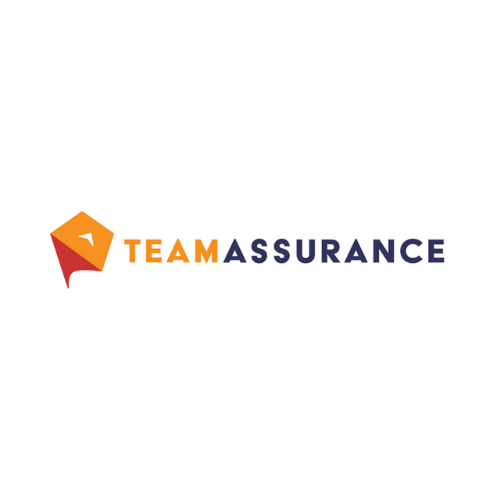Create An Army of Problem Solvers With A Culture of Learning
In order to establish a culture of learning in your organisation it is fundamental that the structures and practices that enable these activities are observed each day, every day.
Toyota has a mantra of “everyone, everyday” – meaning that all people are enabled and expected to participate in continuous improvement activity as part of their daily work. Continuous improvement by its very nature must be an ongoing activity. Like any habit or skill, development must happen on a regular (daily) basis.
We simply cannot develop the muscle memory required if we lack the discipline to practice every day – or multiple times per day. Like any practice routine it must happen regularly, it must happen following a particular form and must involve coaching and reflection throughout the organisation to optimise the benefits.
Barriers to a Culture of Learning
In many organisations, Kaizen (change for the good) activity is sporadic and can often be months apart. This, coupled with the fact that the key stakeholders are often not consulted during the planning process, also adds to the difficulties of creating a strong learning culture. It compounds the effects of not optimising or sustaining the potential gains from continuous improvement activity.
This can be for a number of reasons, but it is typically because there is a division between those who do the work (the 'blue collar' hourly employees ) and those who do the thinking ('white collar' salaried management).
In this environment we have anything but a knowledge culture. We are firmly stuck in industrial revolution era thinking. We have created a situation where a bottleneck of decision making and insular thinking is created at the top of the organisational hierarchy.
This fatal constraint means that problems are not escalated appropriately, problems take a long time between escalation and resolution, and problems are not dealt with in an informed, objective or effective way.
Developing Problem Solving Skills in Teams
David Marquet talks about “Creating a team that doesn’t need to be told what to do”. This speaks to the liberation of employees from centralised decision making. They must be freed from a 'command and control' structure where employees are literally told to comply with instructions without thought.
When teams can document learnings, and share them with the wider organisation, a knowledge 'bank' is built. These assets can be utilised in many ways decentralise problem solving and level up skillsets. A simple example is that the solution to an issue, or process to achieve a solution, can be accessed by teams in future. Spreading the problem solving load and accelerating the pace of improvement.
A more dynamic example using TeamAssurance, is that learnings from one project (via the A3 templates) can be turned into lessons for the wider org. Taking the real activity data, notes, rich media and conversations that happen on the platform, teams can quickly turn a project into a training program.
These can then be completed on-the-job without disrupting workflow or outside the four walls of the workplace, at a pace convenient to employees - thanks to the mobile nature of the platform.
This format, also known as 'microlearning', is a great way to build (and refresh) problem-solving skills in every single team members.
In a Lean environment we are aiming to challenge the status quo. We want to create problem solving capability in everyone through improving skills and employee competencies in the technical aspects of their jobs. We also do this by teaching a methodology alongside dynamic leadership support.
This leadership support is one of clearly communicating purpose, meaning and focus but also one where a lighter touch is applied.
Trust and permission to act autonomously to engage with problems is expressly given. We are aiming to create a culture where everyone is both doing and experiencing the work – as well as doing the thinking.
Repetition is the Key to a Culture of Learning
A culture of Lean thinking does not happen overnight. It takes practice and perseverance around a simple yet sophisticated set of visual tools and principles.
However, as the benefits reveal themselves, confidence in the daily practice grow. Mindsets and attitudes begin to change, and the ease and frequency with which we deploy continuous improvement accelerates.
There is an explicit multiplier effect of more and more people, closer and closer to the process, identifying and taking improvement action. It creates incredible momentum, reinforces a learning culture, and has a powerful compounding effect.
Maximising Employee Potential Enables Global Optimisation of the C.I. Framework
Providing autonomy to individuals & teams requires systems that support decision making at every level. Systems like a Tiered Daily Management process supporting the entire PDCA loop to align people with their organisational and department goals every day. Along with the right data, aligned to strategy, we can facilitate individual Mastery and provide our people with a purpose larger than themselves and the ability to contribute to that bigger picture.
The illustration below outlines how we designed TeamAssurance as an interconnected platform which achieves these goals. One that avoids the locally optimised and disconnected 'Point solutions' (digital or analog) that do not help sustain either lasting business performance or maximising individual employee potential.
Written by Paul Dunlop for TeamAssurance.
.png?width=190&name=IPA%20Logo%20Transparent%20(Hi-Res).png)




